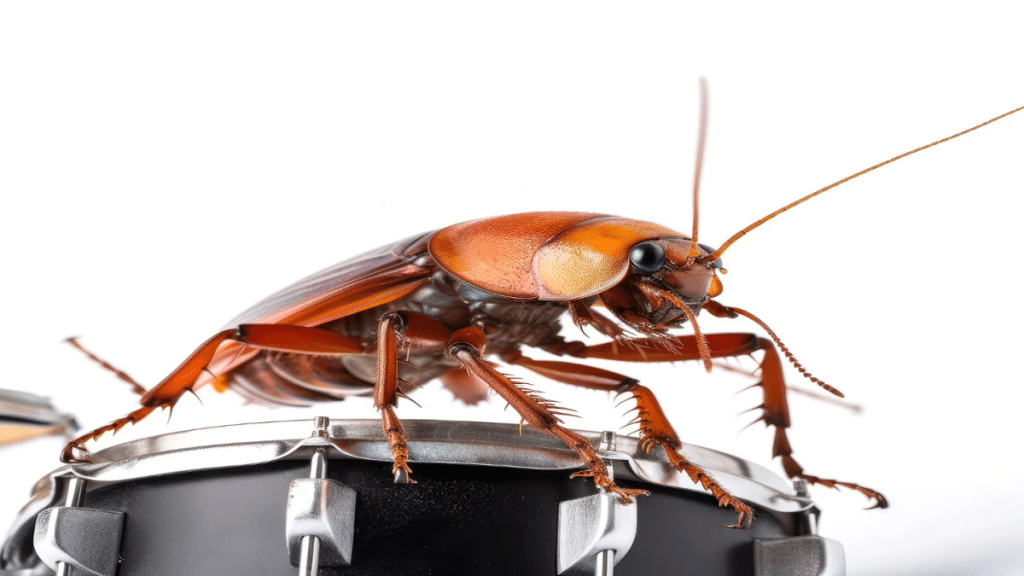Have you recently seen more than one wayward insect running around in your home? Has this left you wondering how these critters are getting into your home?
Homeowners are relying on the pest control Melbourne companies are offering to keep everything from ants to cockroaches and rodents out of their homes. One of the key aspects here involves understanding where the entry points are. Dealing with these will ensure that you reduce the risk of an infestation.
Know How Pests Are Getting In
You’re less likely to have a pest problem inside your home if it’s not so easy for them to get in. Pest control agents often hear homeowners complaining that they don’t know how the bugs “keep getting in”.
In addition to using a quality pest control treatment, it’s essential to take the necessary precautions to seal up any cracks and crevices. Our team have identified the top entry points that you should check as part of your seasonal maintenance.
1. Doors are the Obvious Culprit
Insects don’t always look for sneaky ways to get into your home. In many instances, they simply walk right in through the front door! Of course, the solution isn’t to keep your doors closed at all times, because then your home won’t get much-needed ventilation.
Rather, if insects seem to be using your doors as an entry point, then be sure to point this out to the pest controller so that they can apply treatment at the right places. Fortunately, there are also a few steps you can take to make your door openings less appealing:
- Keep the area around the door clean by sweeping daily.
- Check for gaps and cracks around the door frame and foundation near the door and seal these to reduce the likelihood of a nest.
- Create a mixture of peppermint essential oil and water and use a spray bottle to spray the area around your door frame. This can deter insects to some degree. You can also speak to your pest controller for a pet-friendly option that you can spray on the area after your daily cleaning.
2. Windows Also Make Great Entry Points
Flying and crawling insects both have very little difficulty in getting in through windows. Australian pest controllers have seen anything from birds, rats, and even snakes getting in through open windows.
Scorching temperatures and a need for ventilation make it impossible to keep windows closed all day. As with the doors, there are a few simple tips that should reduce insects coming in. Consider the following:
- When you’re checking for gaps in your door frames, be sure to check the window frames as well.
- Add window screens to as many of your windows as possible. Choose options with a fine mesh so that even the smallest bugs are deterred from getting in.
- Consider placing small pot plants such as mint, lavender, or eucalyptus on your windowsills. The scent of these herbs has been known to keep bugs out.
- Ask your pest controller for a solution that you can spray on the window frame.
3. Air Vents
Another common spot that insects like to use to get in is the vents around your home. Consider these expert tips to keep your vents open and insect-free.
- Repair any cracks and gaps around your air vents.
- Where possible, add screens or mesh coverings on the ends to block insect entry but not the airflow.
- Air vents should be cleaned out to prevent dust from building up. If your vent doesn’t have a cover that you can take off, use a handheld vacuum cleaner to suck out as much dirt and dust as possible.
4. Ceilings and Walls
Many homeowners are unaware that larger pests such as rodents can easily squeeze themselves into even the smallest spaces. This makes it exceptionally easy for them to get into your home. With this in mind, checking your roof, walls, and ceilings for gaps and cracks is essential. Be sure to check and update caulking, and any insulation throughout the house.
5. Plumbing Pipes
Another aspect that’s often overlooked is the number of plumbing pipes around your home. This is especially the case in older homes. Use these tips to keep snakes and rats from crawling through pipes into your home:
- Remove any plant debris around the outside of the pipes.
- Add screens and covers where possible.
- Check the inside plumbing for gaps and spaces and speak to a professional to temporarily close these. Here you don’t want to opt for a permanent solution as your plumber may need to work in that space when there’s an emergency. Ask your pest controller for the best solution to spray in those spaces.
Final Thoughts
Before you start spraying harmful DIY pesticides into your home, our experts recommend starting with an assessment of your home. Closing spaces where the insects are coming in is always the best place to start with pest control. It’s as simple as sealing up cracks and gaps in walls, doors, windows, and the roof. Doing this will already see significantly fewer pests in your home!


